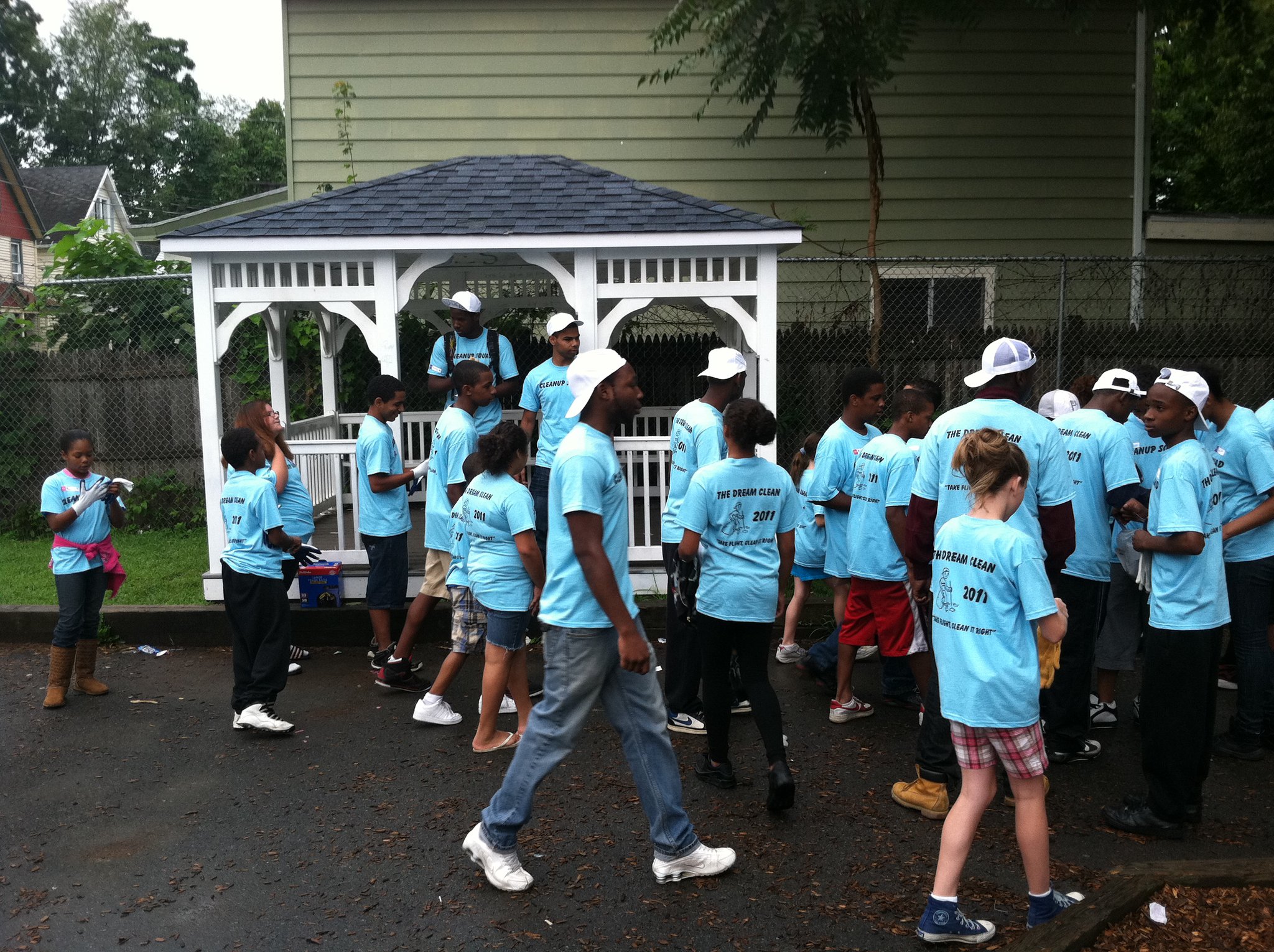By Rebecca Martin
The current articles in our local papers on test scores being “low” in the higher grade levels at The GW Elementary/Montessori program concerned me in that one might jump to the conclusion that the recent implementation of the Montessori program was unsuccessful.
Over the years, I have come to find that what makes something great or not is typically due to its leadership. In the case of The GW Elementary/Montessori program, a unique opportunity is underway for our youth in the hands of Valerie Hannum, one of the more capable leaders I have come across in my time living in Kingston or anywhere.
Valerie came to Kingston a little over a decade ago with her family as principal of the Robert Graves Elementary school. As a former Montessori child, teacher and administrator from the Pennsylvania area, she brought her rich background into our public educational system. After ten successful years there, Valerie wrote a proposal for funding to create a ‘Public Montessori’ in Kingston making Kingston 1 in just over 300 in the nation. In what the Legislature reported as being ‘one of the best educational proposals they had ever read’, the monies were approved for a $350,000 start-up in 2008/2009 – just three short years ago! Superintendent Gerard Gretzinger had the foresight to select the GW Elementary School as the pilot for the program. It’s a legacy that he can be most proud of as he reaches his retirement in the new year.
Experienced educators, respected and trusted in our community, enthusiastically stepped up to the plate for the rigorous training. To become a certified Montessori teacher is an enormous commitment of time and resources. Pre-K teachers (The Childrens House) requires 1,800 hours of study, while Elementary certification is a whopping 3,600 hours. Pre-school staff have by now successfully become certified, and come November all of the Elementary staff will be fully certified too.
With the upper grades having only just begun their transition from public to Montessori last fall, it is obvious that it will require time to implement what is a long term solution to the dilemma of education. In addition, 80% of the children attending the GW Montessori School are eligible for free or reduced school lunches, illustrating that many of the students are at or near the poverty line. With the demographic of the upper grades heavily populated by the poorest of all in the city of Kingston and given the recent economic hardships, it’s unfair to expect that the children “perform” to meet mainstream test requirements. I’m not letting them off the hook by saying so. It’s just that it is far more complicated then simply basing a child’s development on something as one dimensional as test scores in this case.
The Montessori method is about making a long term impact. Studies show that Montessori children are well prepared for later life academically, socially, and emotionally. They are ranked above average on such criteria as following directions, turning in work on time, listening attentively, using basic skills, showing responsibility, asking provocative questions, showing enthusiasm for learning, and adapting to new situations. But if it’s test scores that we’re particularly distracted by, missing from these recent articles was that The GW Elementary/Montessori program’s 4th graders scored 87.5% overall in Science. It’s an impressive piece of data proving that the new Montessori materials are making an early impact.
One of the primary reasons families choose to live in any community is on the basis of the quality of its schools, and the GW Elementary/Montessori program is the only school in the city with a waiting list. In fact, numerous parents can attest to having chosen this particular neighborhood specifically because of GW’s outstanding reputation far beyond Kingston. Demand was so great last year that another classroom was added to make room in the first weeks of enrollment. An added benefit is that the classrooms are becoming increasingly diverse. Children are exposed to all different nationalities, languages and socio-economic backgrounds. Mixed age classrooms give the older children a chance to act as ‘mentors’ while the younger children benefit to learn from their older classmates.
This kind of quality eduction in midtown Kingston brings something that generally is only afforded to children who have the monetary means, as a Montessori education can cost upwards to $10,000 – $15,000 per year, more in larger cities. In Kingston, the school tax is a very large portion of the community’s burden, and it behooves the Kingston School District to heed this trend by not only supporting the GW program for our own children’s sake, but in proudly promoting its asset to attract families to the city as is critical to our overall economic stability.
I encourage you to call Valerie who will happily take you on a tour of the school. Better yet, meet her out front of the school on any given morning of the school year where she greets students one by one with a hug or a handshake. You will be amazed at the overall quiet and calm of the students throughout the day that is not imposed by an adult. Instead, you’ll witness the students engaged in their work activities, supported and encouraged to be the very best that they can be.
…and listen. Don’t take the Daily Freeman’s word. If you are curious or have concerns – go to the source and get information that way. You – and everyone else – will be far better off.
Additional Reading:
* Harvard Business Review: Montessori Builds Innovators
* The Wall Street Journal: The Montessori Mafia
* University of Virginia: Montessori Education Provides Better Outcomes Than Traditional Methods, Study Indicates.
* Science Magazine: Evaluating Montessori Education








